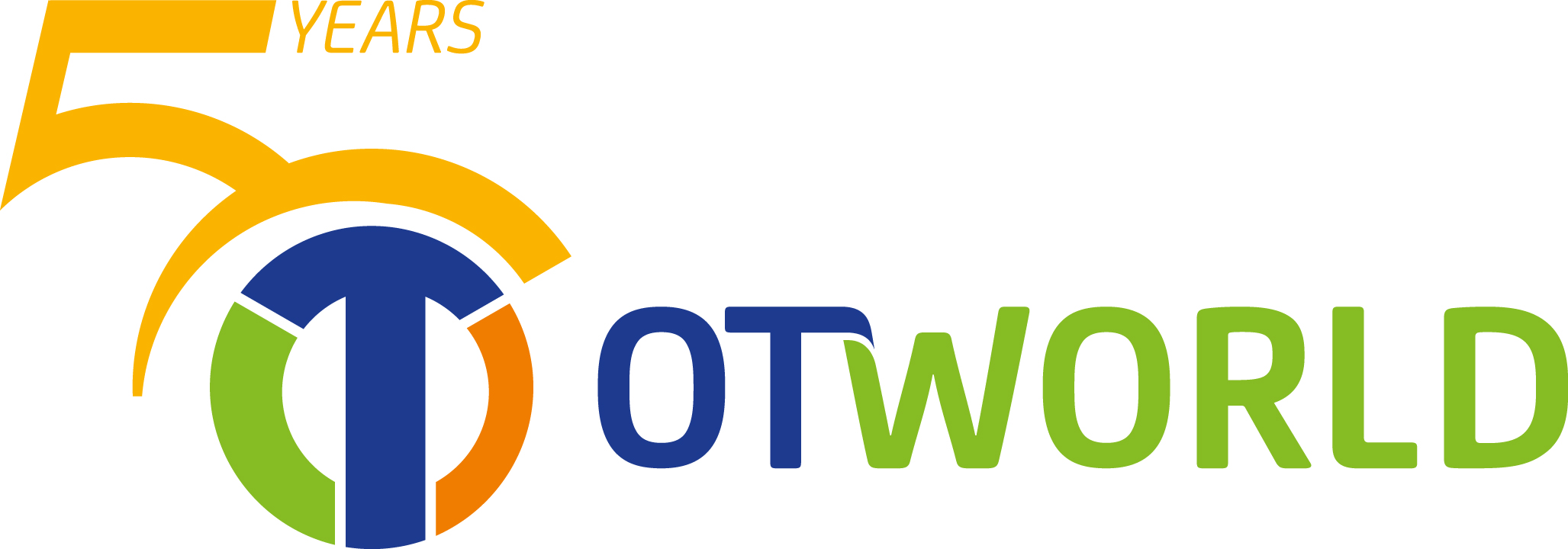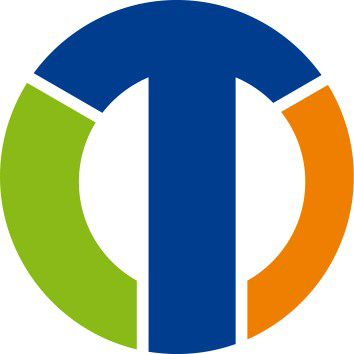Dipl.-Ing. Ingo Pfefferkorn
Orthopädie-Technik Scharpenberg e.K.
Vita

Contact
Orthopädie-Technik Scharpenberg e.K.
Program Items
Patients with skeletal dysplasias, syndromes involving the musculoskeletal system or soft bones develop numerous deformities on bones and joints or the spine. Treatment is difficult because of the accompanying short stature and requires the joint efforts of orthopaedic technicians and orthopaedists. Participants learn about aspects of particular relevance for patients as well as treatment challenges. While the individual clinical pictures are rare, the patient group as a whole is large.
In a joint conversation with former athlete Heinrich Popow and the prosthetists and orthotists of the Paralympics (graduate engineer) Ingo Pfefferkorn, active Paralympics athletes Sebastian Dietz and Markus Rehm report on their experiences with the competitions. In addition, prosthetists and orthotists as well as physiotherapists provide insights into their work during the games.
Soft orthoses and functional electrostimulation have become established in the treatment of neuro-orthopaedic movement and postural disorders. Participants learn about new and expanded fields of application covered by today’s orthopaedic devices. What are things to watch for in their application? Indications and possible contraindications are discussed.
Since the 1990s, transcutaneous osseointegrated prosthetic systems (TOPS) have been continuously developed for people with arm or leg amputations. The participants get to know the state of development and which criteria are medically, therapeutically and orthopaedically important. You will learn from practice for practice what advantages this type of care offers compared to a conventional shaft prosthetic system and for which patient clientele the risks and potentials of this prosthetic care technology arise.
Conservative treatment methods versus surgical measures are always being debated. Treatment with a brace is currently being reevaluated in the scientific community. The results are surprisingly good, which means the success story of brace treatment will continue into the future. Participants learn how to slow and reverse constant deviations of the spine from the plane of symmetry during the growth phases – in terms of an optimal orthotic fitting.
Combining materials is indispensable in orthopaedic technology. It also constitutes a challenge since the material properties and ultimately the device fitting that is constructed must not be impaired. Participants are familiarised with various known and novel joining techniques using a selection of materials and material combinations and a practical approach.
The range of materials in orthopaedic technology has grown steadily. New possibilities have opened up in the fabrication of modern medical devices through the intelligent and efficient use of existing and new materials. Participants receive answers to material-specific questions such as these: What’s new? What about ecological aspects or sustainability, for example?

